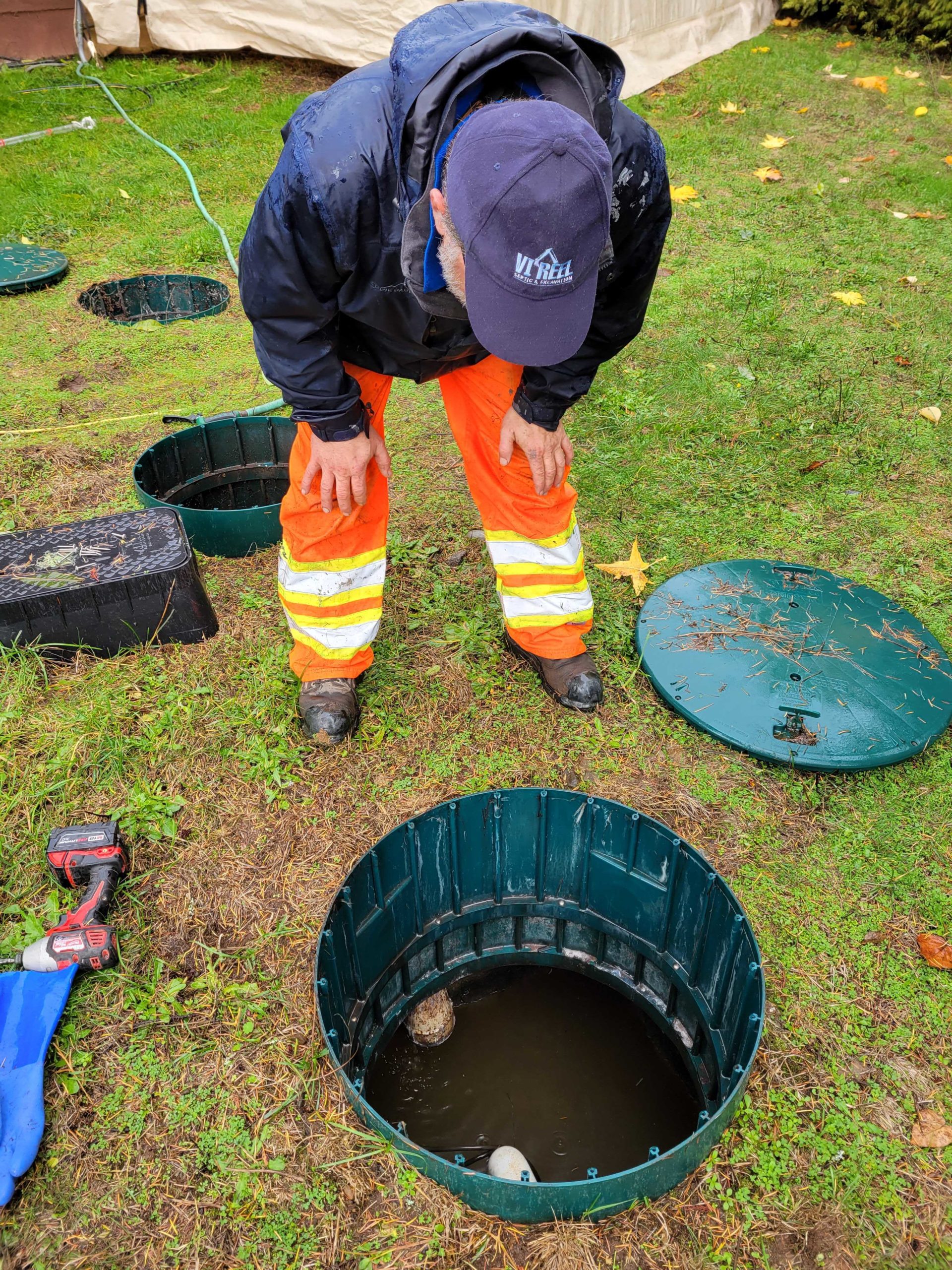When it comes to the inner workings of our homes, there’s a world of complexity hidden beneath the surface. While discussions about home improvement often focus on visible aesthetics, the less glamorous yet crucial components, like septic systems, play an indispensable role.
Most times, even the few people who know about septic systems often get confused about some terms. People tend to confuse two of the most common terminologies: trench and bed systems.
It’s finally time to shed light on these underground champions. Keep reading as we unravel the differences between trench and bed systems.
Trench systems Vs. bed systems
Trench and bed systems are two distinct methods employed in septic system distribution. Each system has unique attributes, and we intend to discuss them here.
The first thing you need to know is that trench systems are the most prevalent in wastewater management. Most homes today use trench systems because of how comparatively easy it is to set up.
In terms of their construction, trench systems use elongated pipe trenches that are interlinked to disperse wastewater within the soil. These pipe trenches typically measure less than 36 inches in width.
However, since these trenches accommodate multiple pipes, the multiple pipes facilitate efficient fluid movement. That being said, you should note that the quantity of trenches installed in trench systems varies according to system size and available space. Installers consider these factors to ensure optimal functionality.
On the other hand, bed systems are installed when there’s not enough space or the property’s dimensions are small. Scenarios like these often mandate the use of a bed system, despite it not being the preferred approach.
One common element in both designs is the subterranean excavation housing used for their pipes. However, even with this, there’s still a difference between both systems’ pipe housing arrangements.
This difference lies in the spacing between their pipes. For each septic system distribution, there’s a special pip arrangement procedure.
Overall, the subtle disparities between trench and bed systems emphasize the adaptable nature of septic solutions in diverse settings.
Why Most Homes Prefer Trench Systems
The trench system emerges as a favored choice for many homeowners thanks to its blend of cost-effectiveness and durability. In addition, the trench system’s popularity can be attributed to its economic advantages and longevity.
Notably, one remarkable feature of the trench system is its drain fields which do not necessitate regular cleaning. Therefore, using a trench system helps to reduce maintenance expenses effectively.
In most regions, trench systems implement the TPI 9-pipe configuration. This strategic approach ensures the efficient and compliant distribution of effluent across a larger expanse within the sand.
With its proven track record, the trench system is a reliable method for many homeowners to uphold the optimal performance of their septic systems. However, it’s essential to note that the suitability of this approach often depends on the available space within a given property.
The trench system’s viability emphasizes its value as a practical choice for homeowners seeking efficient and sustainable wastewater management solutions.
When Do You Need Bed Systems?
A bed system becomes necessary when space constraints will not allow you to install a trench system. A bed system can help you consider necessary setbacks and avoid interference with structures like wells, ditches, and utility lines.
However, bed systems are not the first choice, as trench systems hold distinct advantages. Trench systems offer more space, leading to fewer complications.
Unlike bed systems with reduced sidewall surface area, trench systems exhibit enhanced performance. The limited area of bed systems hampers biological growth and efficient wastewater filtration. Hence, they’re less ecologically favorable.
In summary, a trench system remains the preferred primary option. However, bed systems are a viable alternative for properties unable to accommodate trench installations.
Conclusion
As you contemplate the optimal approach for your home, consider the experts at Vireel. Our team at Vireel specializes in crafting personalized septic solutions that align with your property’s unique characteristics.
We are committed to innovation and sustainability and offer top-notch septic system installations. Contact us today to embark on a journey toward efficient and reliable septic solutions.


